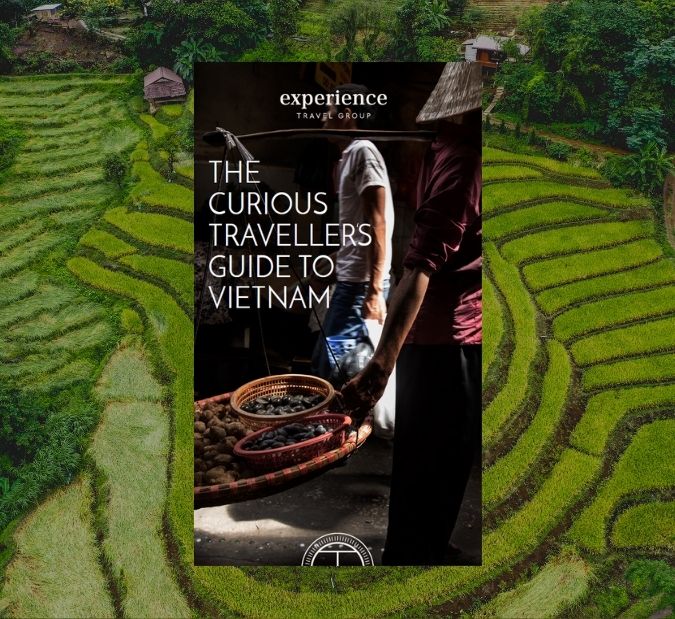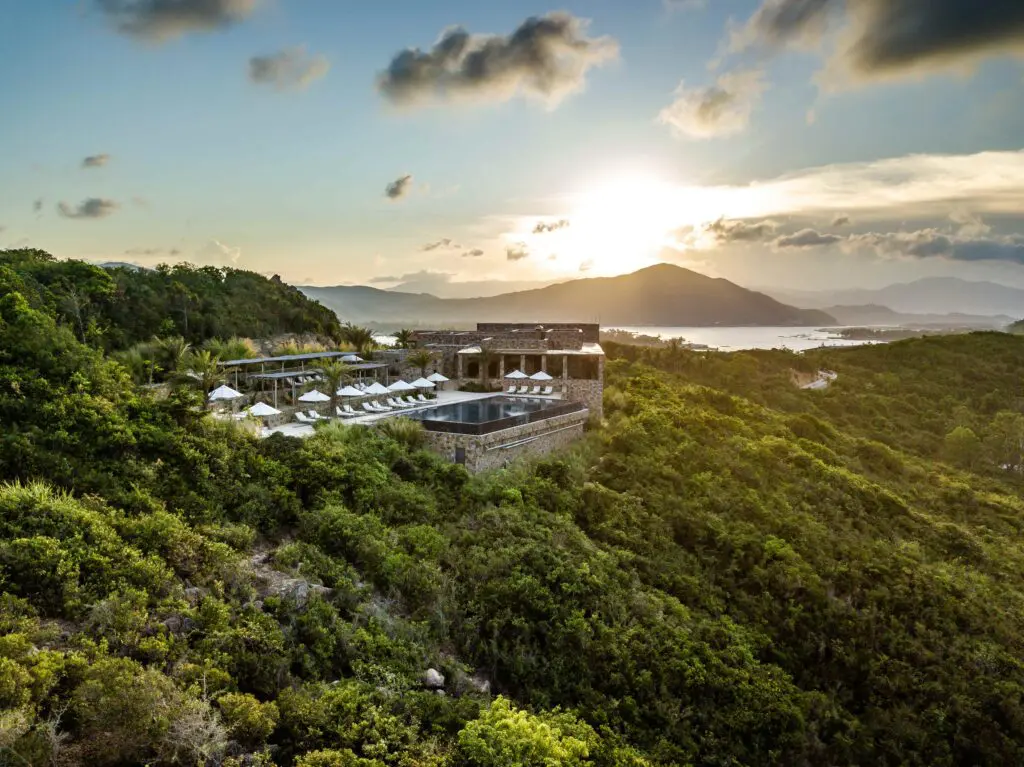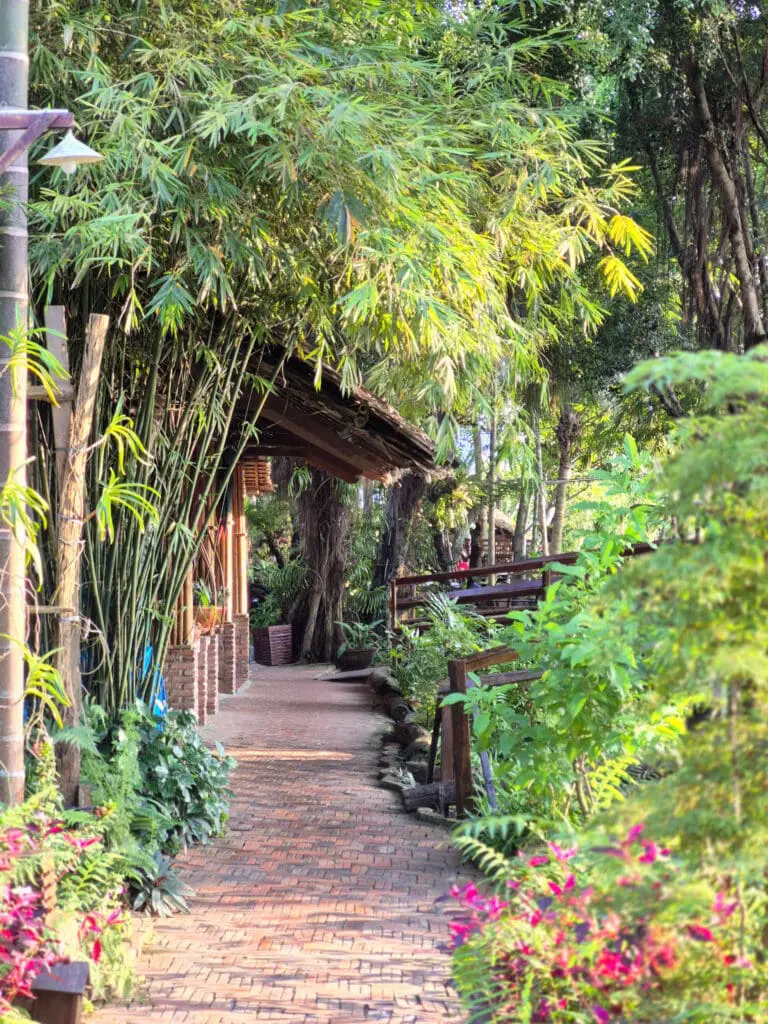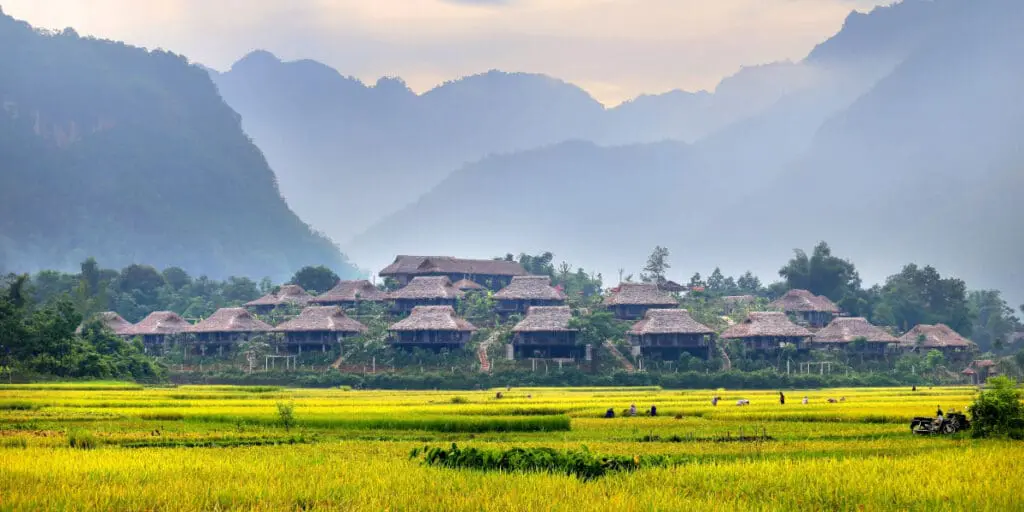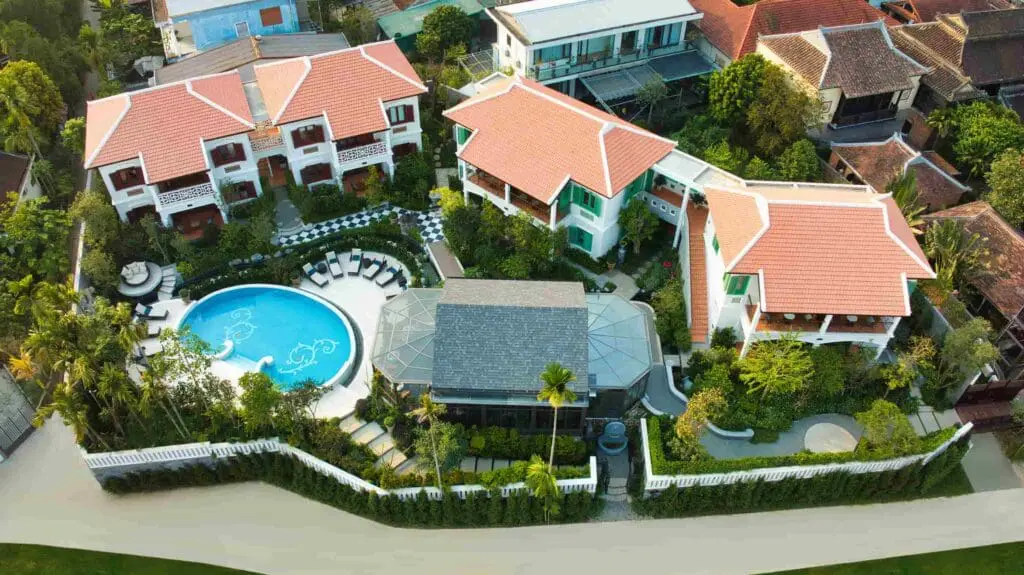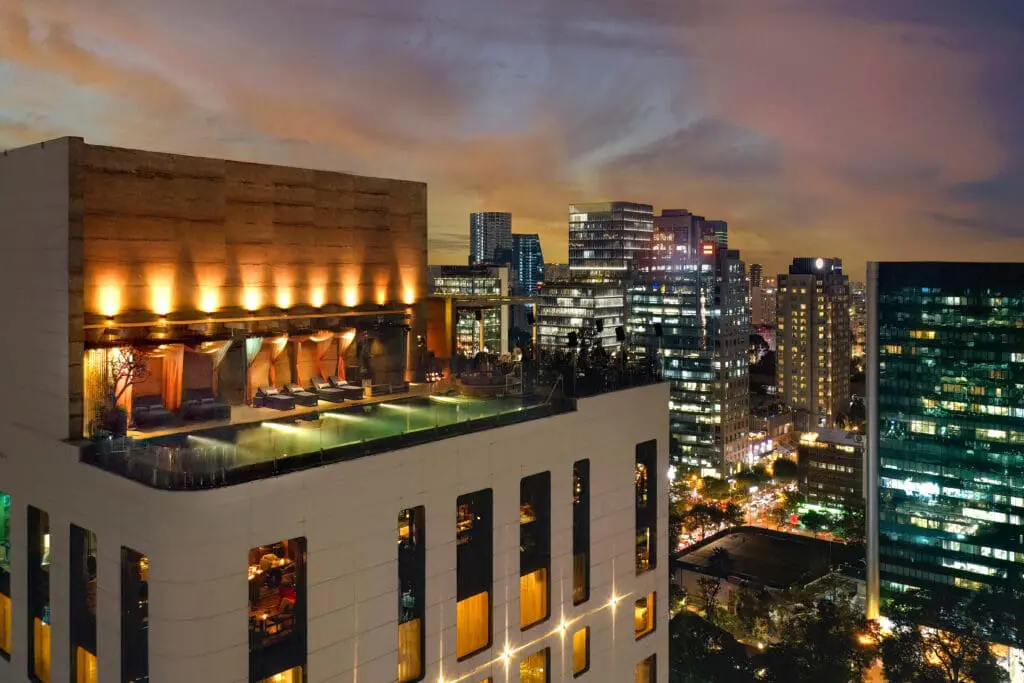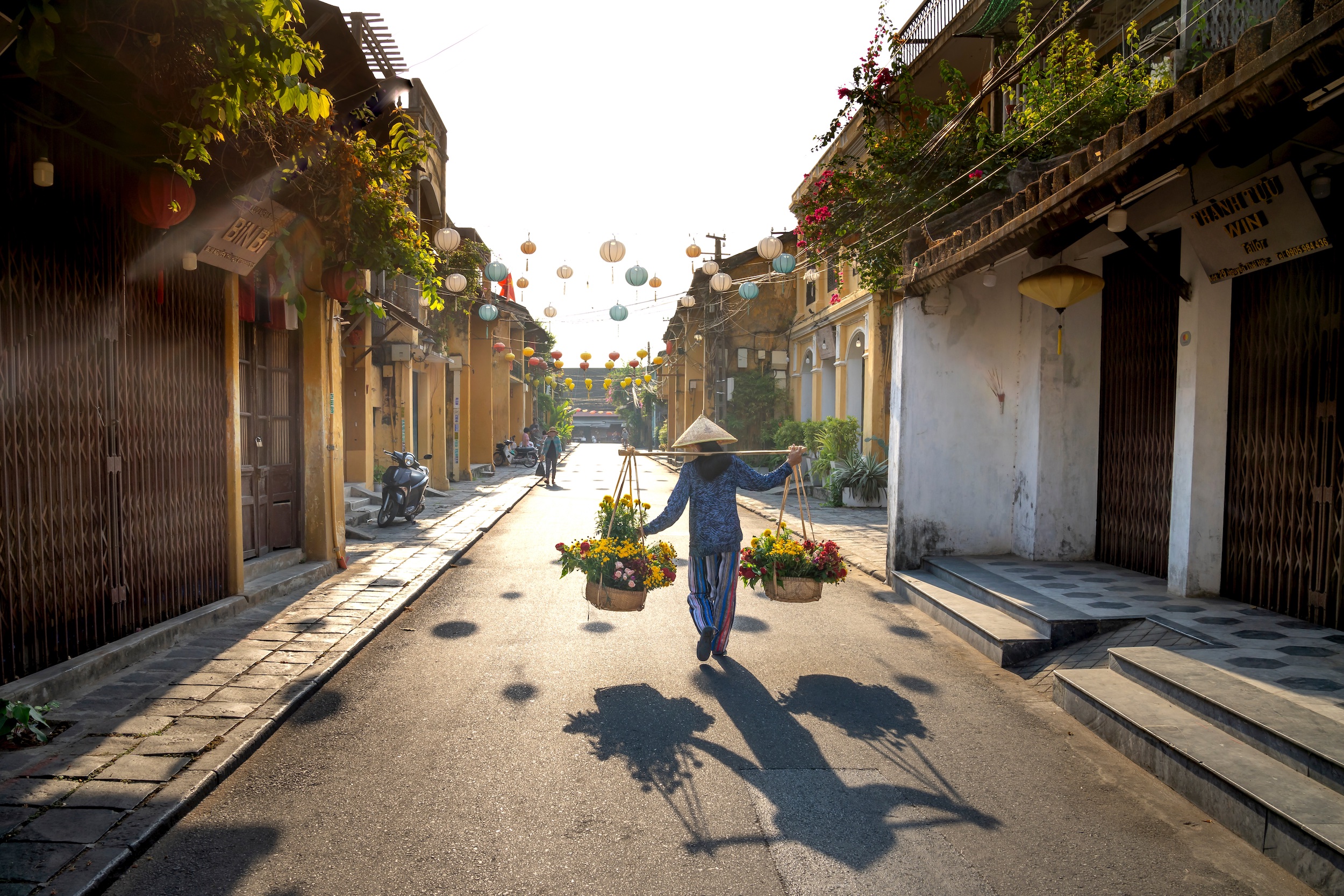
Your Guide to Weather, Festivals & Seasonal Travel
A Seasonal Guide to Vietnam

Working out the best time of year to visit Vietnam – based on its weather – can be a bit of a puzzle.
Vietnam is a long, thin country with an extraordinarily vast coastline, meaning each region is affected by a completely different weather system.
For example, the North, South and Central parts of the country all have their own climates and weather patterns that differ from one another throughout the year. Throw into the mix the various highlands, which naturally have cooler climates, along with the country’s many beaches and coastal regions, and it can all start to get a little overwhelming!
Luckily, our Vietnam experts can help you crack the code.
The overall best time to visit Vietnam is between November and April when the entire country is dry and temperatures settle.
That said, weather can vary wildly from one end of the country to the other. The beauty of Vietnam is that there’s almost always a region enjoying good conditions, making it a rare gem of an almost year-round destination. The climate is ideal for winter warmth, a summer beach adventure, active adventures in the great outdoors, and amazing cultural experiences.
When to visit Vietnam
(Quick summary)
Best Time
November – April
Monsoon Season
September – October
Beach Season
November – April (Southern Beaches)
May – August (Central Beaches)
Wildlife
December – May (Cat Tien National Park)
November – February (Cuc Phuong National Park)
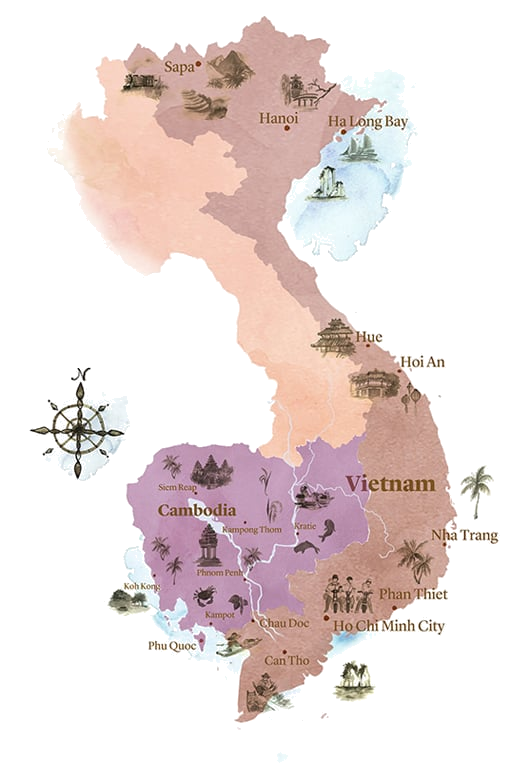
Weather in Vietnam throughout the year
January – March
A fantastic time to visit Vietnam – these months bring warm, dry weather across most of the country. Whilst the north of Vietnam and particularly the Northern Highlands may feel a little chilly at times, the south of the country and beaches will be hot and basking in sunshine. Central Vietnam will also be warm at this time, but not baking hot, so real beach lovers may prefer to visit Hoi An for culture and history but go elsewhere for the beach section of their trip.
April
April is a transitional time for Vietnam’s weather as the country comes out of its peak season, but make no mistake, this is still a brilliant time to visit. The south may experience spots of rain, but for the most part, it is hot, sunny and dry. The central regions begin to enter their hot, dry season – which makes this an ideal destination for an Easter beach break.
May – August
The beaches of Central Vietnam – from Nha Trang all the way up to Hue – are hot, dry and sunny at this time of year, so a perfect option for summer holidays. The north is now firmly in its warm, wet summer season, with daily rain and humidity. The south will also be in its wet season, but this is typically characterised by short, sharp bursts of showers followed by clear skies for the rest of the day. Tourist numbers are lower, so it’s an excellent time to travel – especially for those looking to escape the crowds.
September – October
These are some of the wettest months in Vietnam, meaning you will meet rain across the entire country. Conditions in the north start to improve, making trekking in Sapa possible again. Heavy rains and high winds start to hit the central highlands, making it unsuitable for the beach, and the south is still quite wet. However, towards the end of October the change is noticeable and the rain starts to cease.
November
This is when Vietnam’s dry season returns fully to the whole country. The north will be clear and dry, although colder, and certainly so in Sapa where temperatures can feel a bit chilly at night. The central typhoons should have ended, meaning Hoi An and Hue are more settled, and the south of the country is coming back into its absolute best – clear skies, no rain and sun-drenched beaches.
December
Another great month for Vietnam; the whole country will be sunny and dry, with warmer temperatures found in the south, especially along the lovely coastal areas of Mui Ne, Phan Thiet and Phu Quoc Island. Trekking conditions in Sapa are good with clear skies and less fog, although the evenings can be a little chilly.
Essentially, Vietnam has three weather systems – so it is, therefore, easiest to break the country down into three sections.
Weather in North Vietnam (Hanoi, Halong Bay)
Consisting of Vietnam’s capital city Hanoi, the UNESCO protected Halong Bay, and the mountain towns of Mai Chau, Sapa and Ninh Binh, this is an area where clear skies are key for making the most of the stunning scenery. From November to April, the North is bright and sunny with minimal rainfall, creating the perfect conditions for trekking through the hilly rice terraces and cruising across Halong Bay. It can get chilly though, with temperatures dropping below 10 degrees in the mountainous areas, so those travelling between December and February should come prepared. From May to October the North warms up, becoming humid. In this wetter season you can expect heavy downpours. These shouldn’t last all day, but can sometimes prevent junk boats in Halong Bay from setting sail.
Weather in Central Vietnam (Hoi An, Danang, Hue, Nha Trang)
Travelling further down the country sees much warmer year-round climates, rarely dropping below 20 degrees. The central towns of Hoi An, Danang and Nha Trang are close to miles of Vietnam’s coastlines, making it the perfect place for a beach break. The central area experiences particularly hot and sunny weather from May-August, making it the ideal summer holiday destination. As the ancient town of Hue and the incredible Phong Nha caves are also in this region, it’s the perfect destination for a family holiday.
With a warm climate throughout the year, Central Vietnam is still great to visit during the winter months too, but skies just might be a bit more grey. The rainy season here typically runs from September to December, though it is strongest in October and November when typhoons often blow through.
Weather in South Vietnam (Ho Chi Minh City, The Mekong Delta)
The climate in the South remains much more tropical across the year and can be split simply into two seasons. November to April is the dry season, whilst May to October is considered the rainy season, but the rains here are far lighter than in the North, often consisting of short sharp showers that pass quickly and leave sunshine in their path. This makes it possible (if humid) to visit Ho Chi Minh City and the Mekong Delta during the wet season, as well as the dry. The beaches of Mui Ne and Phu Quoc island are also located in this region, making them a great alternative to the central beaches for those looking to travel during the European winter.
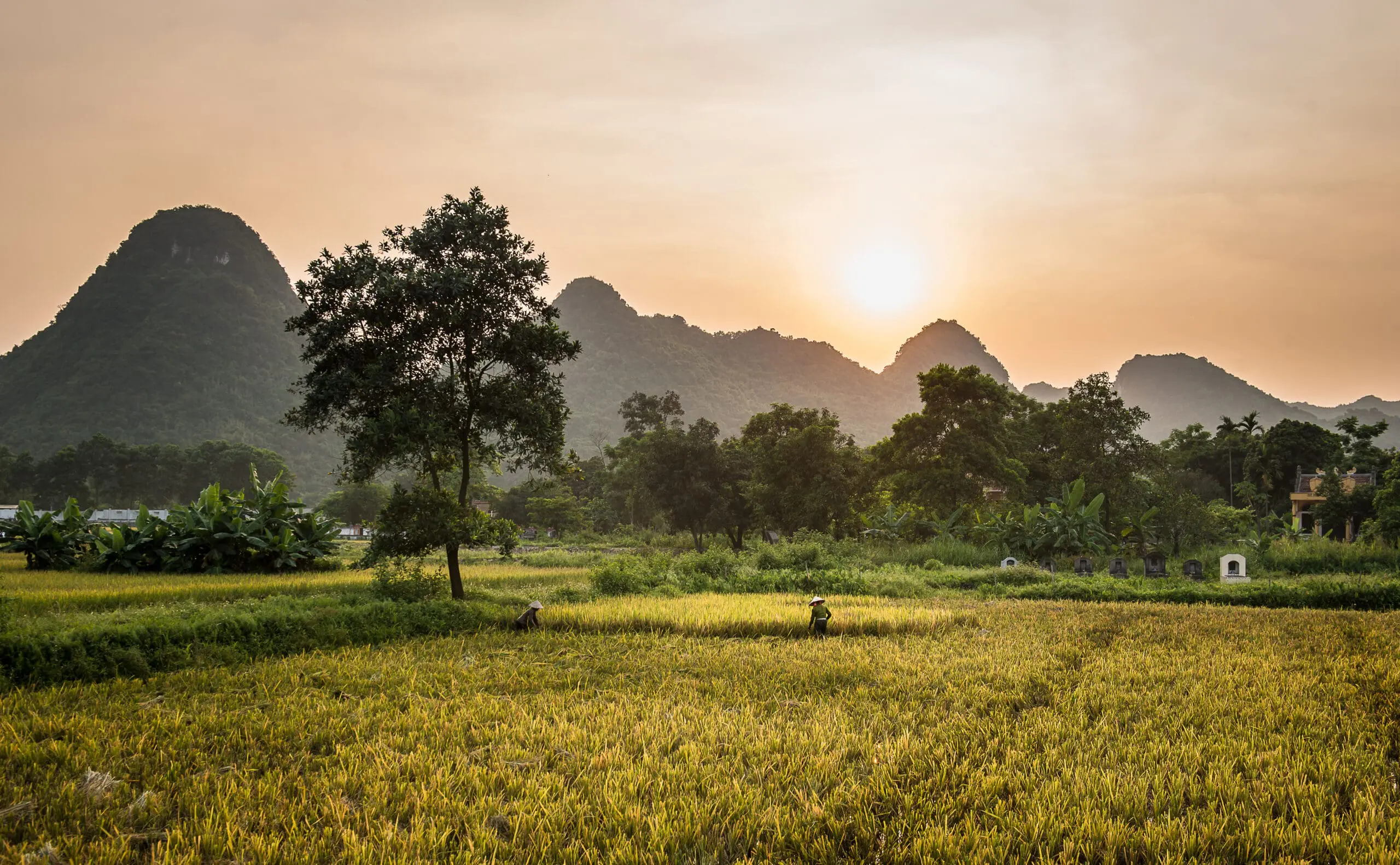
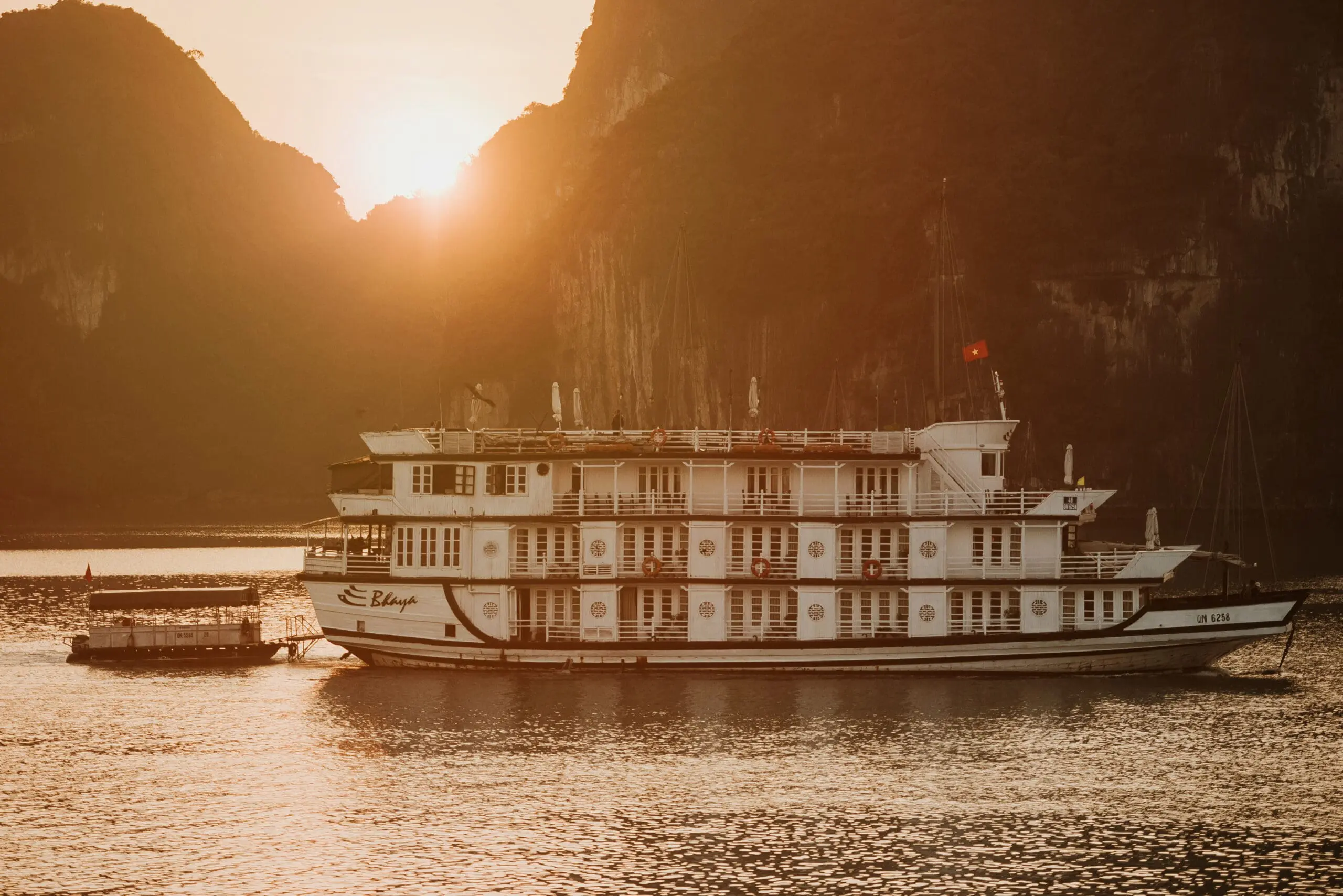

Visiting during the Rainy Seasons
While it may sound off-putting for some looking for a summertime escape, the rainy season in Vietnam remains a great time for a south-Asian holiday. Rainfall during this time tends not to be too constant and usually consists of passing showers – so you can easily duck under cover should you wish to avoid them.
In fact, if you’re after a slower-paced and less tourist-packed experience, the rainy season could just be your saving grace!
There are a few things to bear in mind if travelling during the wetter months:
Don’t Rush – When travelling with Experience Travel Group, we’ll make sure to leave spacious gaps in your travel itinerary, as you might just need a short break to dry out.
Combine Vietnam – Consider another stop on your trip to Asia like Cambodia.
Insurance or Cancellations – It’s important to be flexible, as in particularly wet weather, boat or car journeys could be affected.
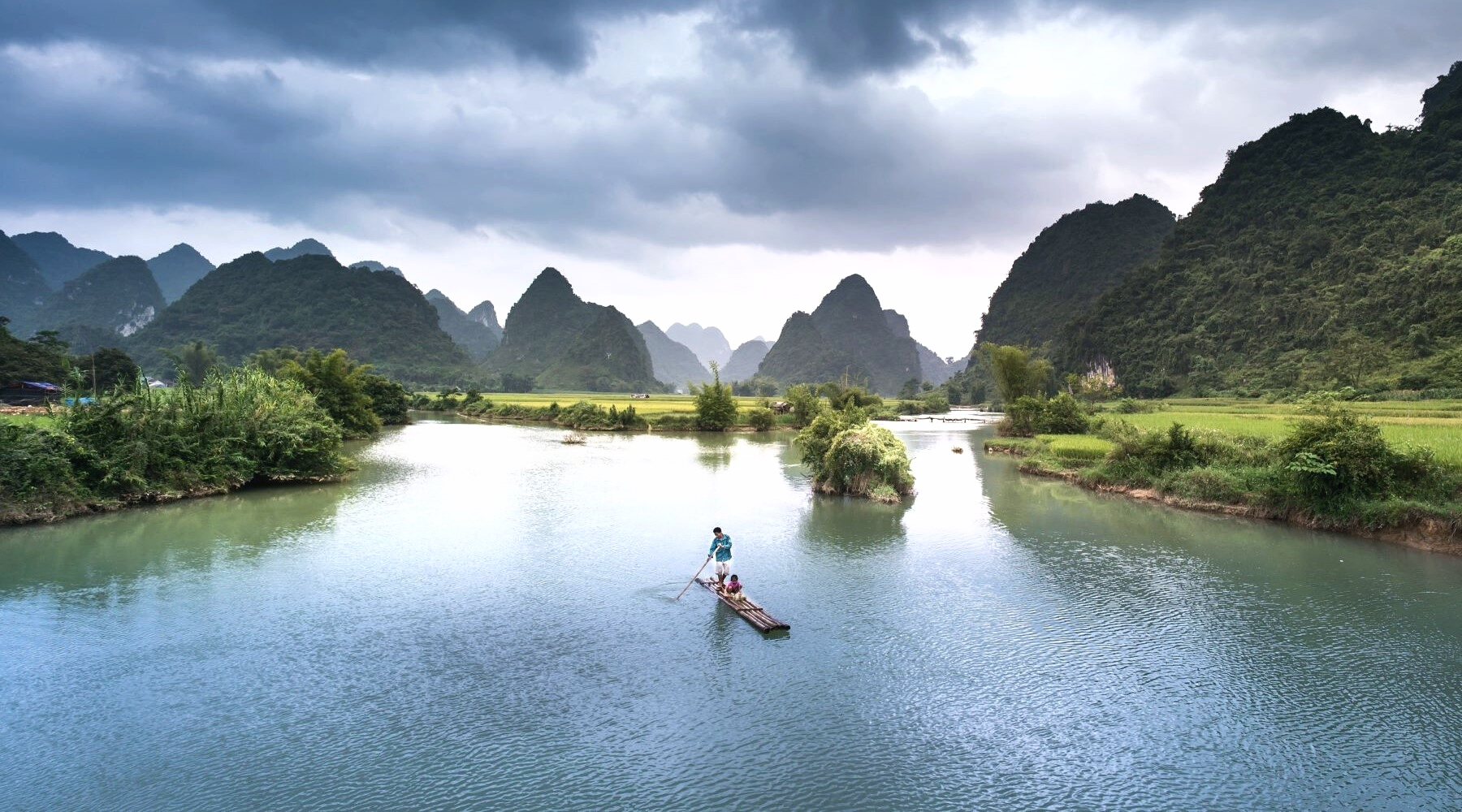
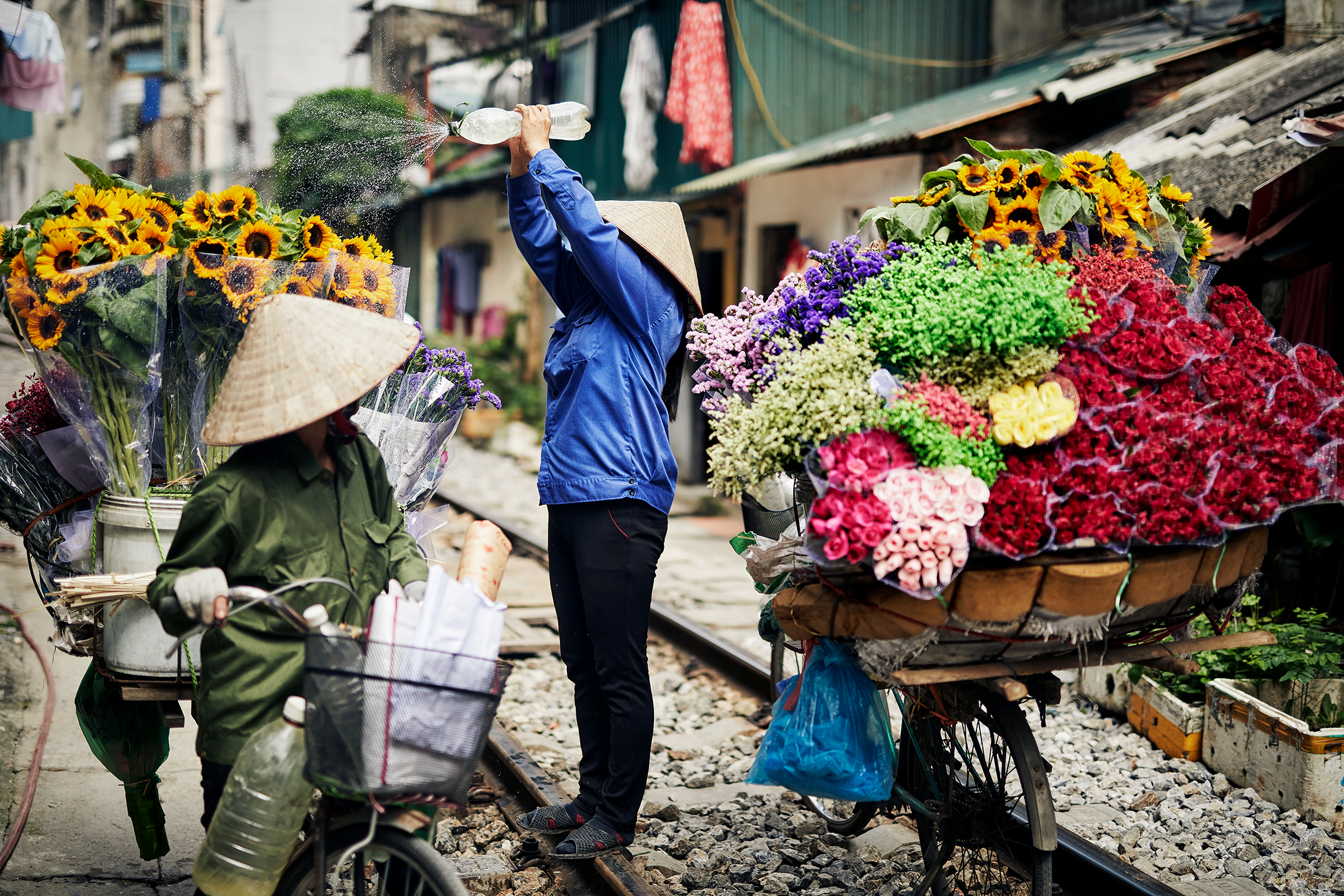

Key Dates & Festivals in Vietnam
Whilst the weather is a prime consideration in deciding the best time of year to visit Vietnam, it’s also worth taking into account various Vietnamese festivals and national holidays, as these will also affect travel throughout the country.
National holidays to consider include ‘Reunification Day’ on the 30th April, which celebrates the reunification of North Vietnam and South Vietnam at the end of the Vietnam War, ‘International Workers Day’ on the 1st May, and ‘National Day’ on the 2nd September. During these days, Vietnamese families like to enjoy local tourist spots, and museums, shops and restaurants can be closed, making these days not an ideal time to visit many destinations – especially those that are of mainly cultural interest.
The country’s largest festival marks Lunar New Year celebrations and is called ‘Tet’ – otherwise known as ‘Chinese New Year’. The dates for Tet change each year depending on the lunar calendar, but it usually falls between late January and early February and lasts around five days. Not only do most of the Vietnamese offices and shops shut during this period, but it also draws a large number of Chinese tourists, who use the break to travel outside of China. This means that many of the large hotels and beach resorts can be booked up quite far in advance and very full during this time.
While you might be tempted to visit during Tet to take part in the celebrations, it’s important to be aware that the Vietnamese people take this time to retreat into their own homes and spend time with their families. During this period there are celebrations everyday, so everything tends to shut down. At Experience Travel Group, we prefer to plan holidays around this festival so that you spend some time with your own family at a beach resort or other relaxing destinations.
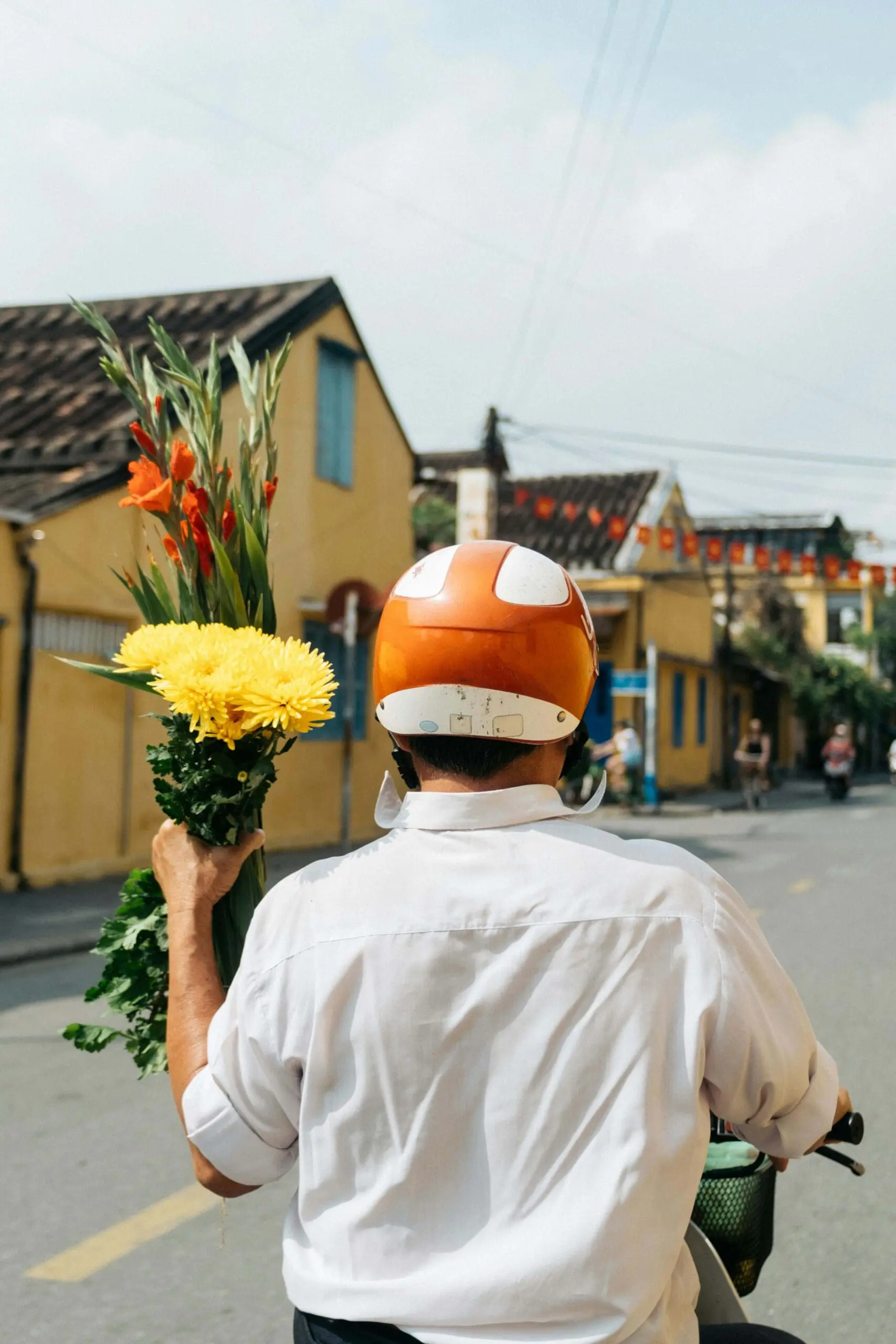
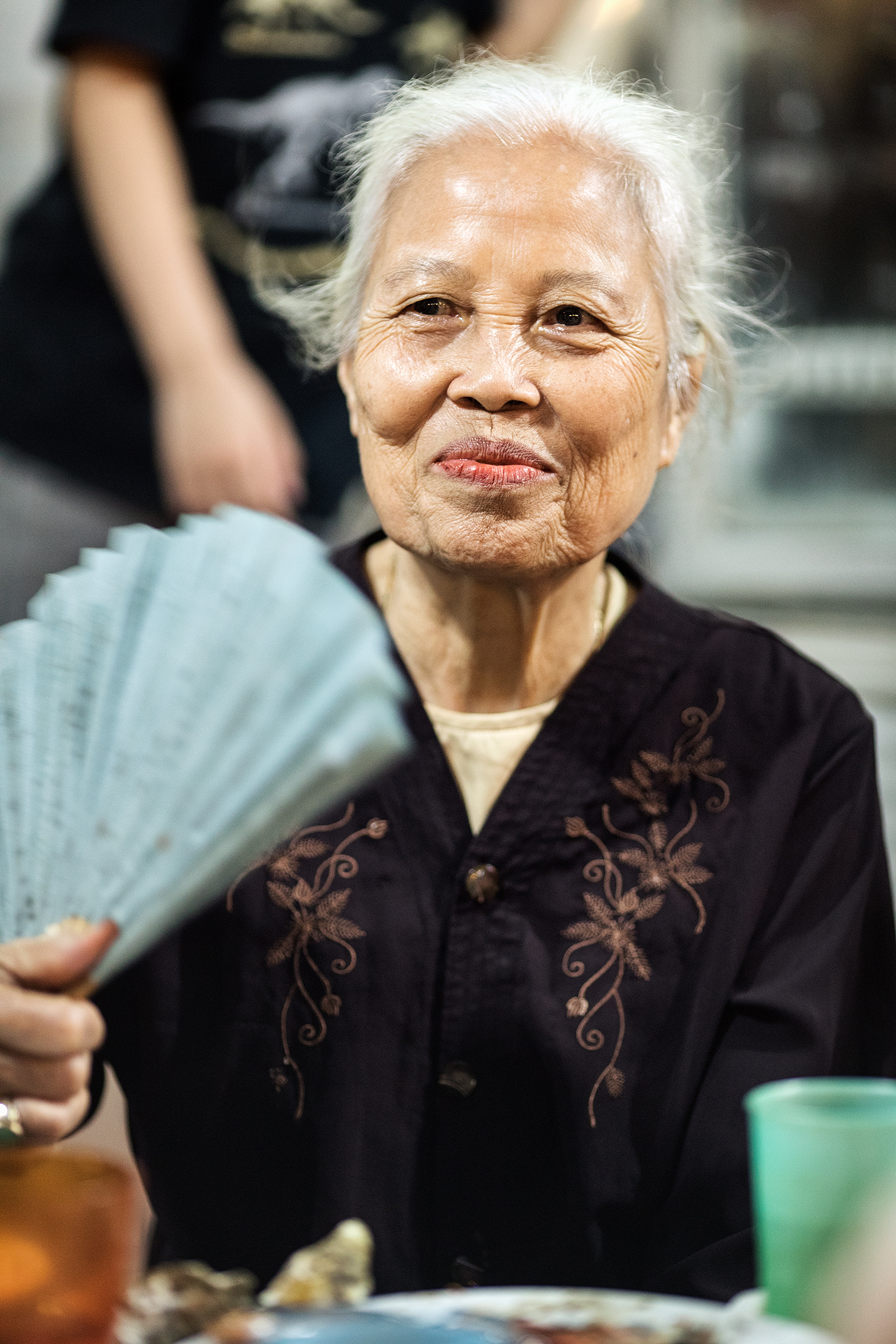

Explore Our Hotels & Villas
Wherever you go, and whatever you do, at the end of every day you can always be sure of a comfortable rest. Every location on our list of hotels is handpicked, and in its own way, shares the history, the hospitality, and the soul of Vietnam.
As Seen On…
Featured, Reviewed & Recommended
Don’t just take our word for it, Experience Travel Group have been featured and recognised by the industry’s top travel and news publications for close to two decades.
Important FAQs about Vietnam
With Experience Travel Group, Vietnam isn’t just another tick-box holiday. We take you beyond the usual sights – yes, you’ll see Halong Bay and the Cu Chi Tunnels if you want to, but we’ll also introduce you to the quiet corners that most travellers miss. Think cycling through the backstreets of Hue, cooking lunch with a local family in Hoi An, or spending a night on a peaceful river island that barely anyone’s heard of.
We design every trip with care – using handpicked hotels, the best local guides, and routes that cut out the tourist conveyor belt. Our holidays are built for travellers who want something richer than a generic tailor-made holiday – more character, more flavour, more stories to tell when you get home.
As we’ve explained, Vietnam’s weather can be a bit of a puzzle. With its long, thin shape and mix of beaches, mountains, and cities, each region dances to its own climate tune.
Generally, November to April is the sweet spot when much of the country is dry and pleasantly warm. That said, Vietnam is almost a year-round destination, with good weather cropping up somewhere no matter the month. It depends what you want: winter sunshine, summer beaches, or a cultural escape with a side of adventure in the highlands.
Every ETG holiday to Vietnam is carefully designed to be seamless, immersive, and stress-free. Your journey typically includes international flights (if requested), guide throughout and accommodation in hand-picked, characterful hotels.
You’ll enjoy incredible, immersive experiences unique to you, all planned by dedicated Vietnam specialists, with the added reassurance of 24/7 in-country support from our local team.
The Curious Traveller’s Expert Guide to Vietnam
Intrigued? The Curious Traveller’s Guide to Vietnam is our experts’ edit of hotels, experiences and holiday tips. Get your complimentary copy today.
You’ll receive five emails from us as well as the guide you requested. They will be inspiring, helpful content about holidays in this country with ETG. You’ll then be added to our weekly newsletter list, but you can always unsubscribe using the link in any of our emails.
